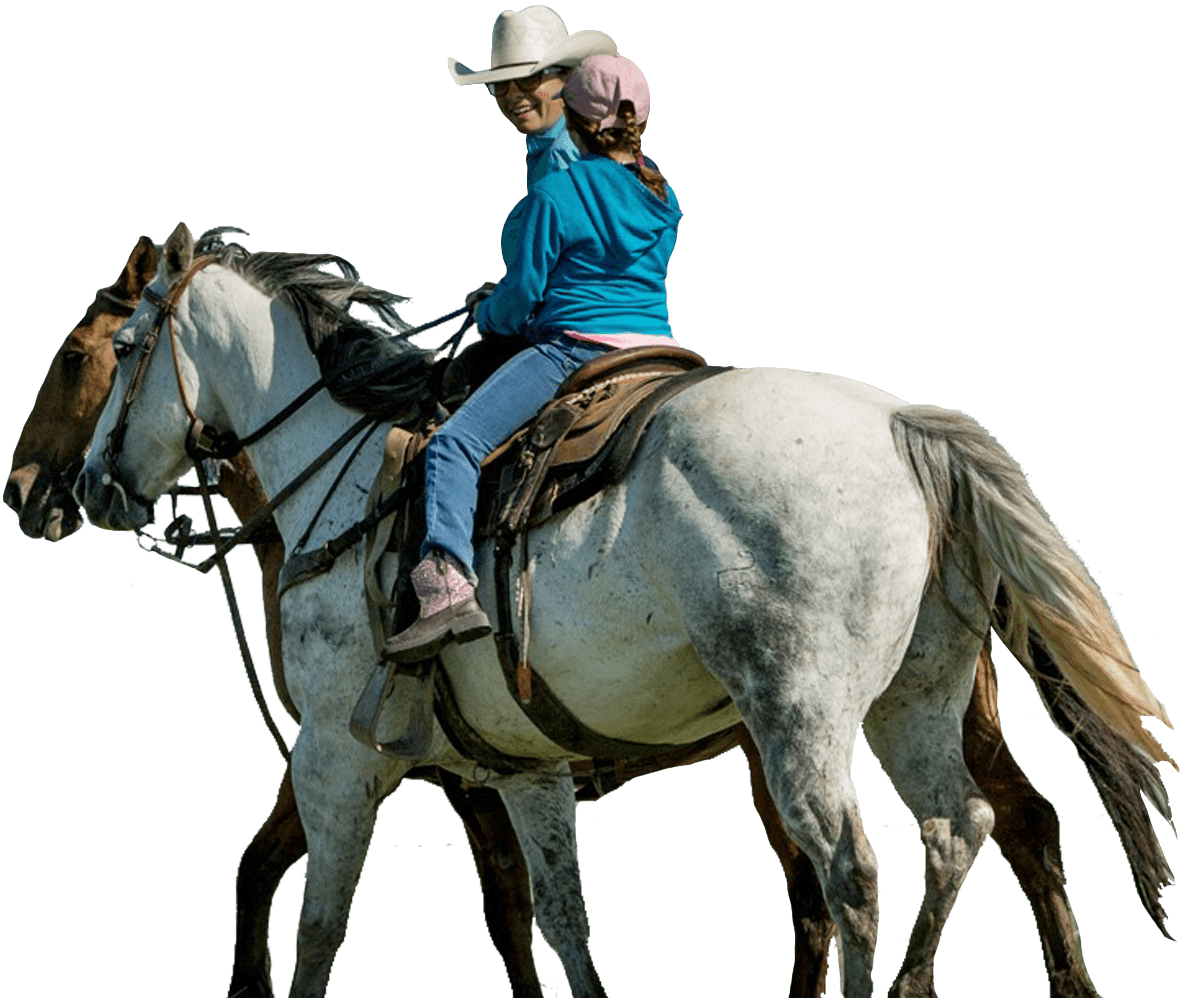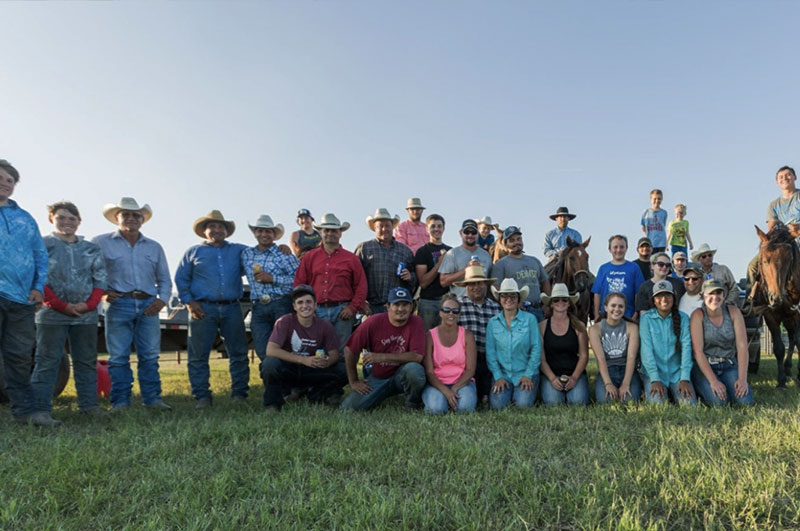FEATURED FARMER:
KELSEY DUCHENEAUX
“A very great vision is needed, and the man who has it must follow it as the eagle seeks the deepest blue of the sky.”
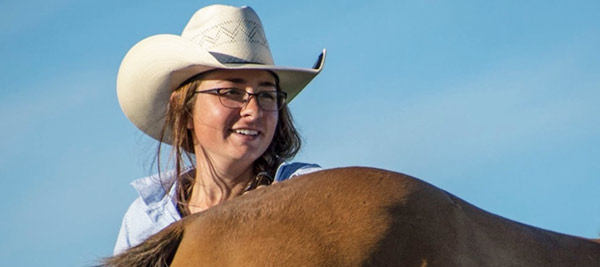
LOCATION:
Cheyenne River Sioux Reservation
WEBSITE:
www.indianag.org
www.projecth3lp.org
www.dxbeef.com
CONTACT:
For most of us, the space between vision and implementation is usually far greater than we initially imagine. If we really knew what it would take to accomplish the dreams that float in the corners of our hearts and heads, we’d likely never start the race to catch them and bring them down to earth to make them real.
“No matter what it is, whether it be in law or healthcare fields or agriculture, the lineage of our family’s focus has in some form or fashion contributed to the greater good.”
Kelsey believes all of this should be led by the visionaries and leaders within the youngest generations of youth within the tribe. “In my ideal world, it would have youth as leaders at the forefront of making decisions, offering valuable input, exercising and growing as leaders in the spaces that we create. I hope that in my work I can help community members and youth realize that they don’t just live in the middle of nowhere. I want them to realize they live in a sea of resources and opportunities and that they truly can map out their future and figure out a way to hopefully have their future bring them back home; to contribute to, develop and expand on all of the great ongoing efforts that we’ve got here and across Indian country everywhere.
When we asked Kelsey how she plans to make her vision a reality she was quick to clarify that money isn’t the only solution and that behavioral change can happen if we start with perception.
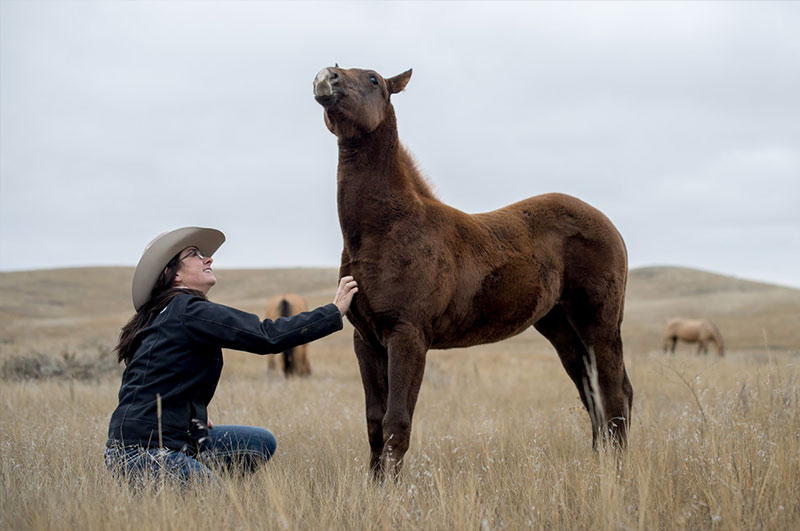

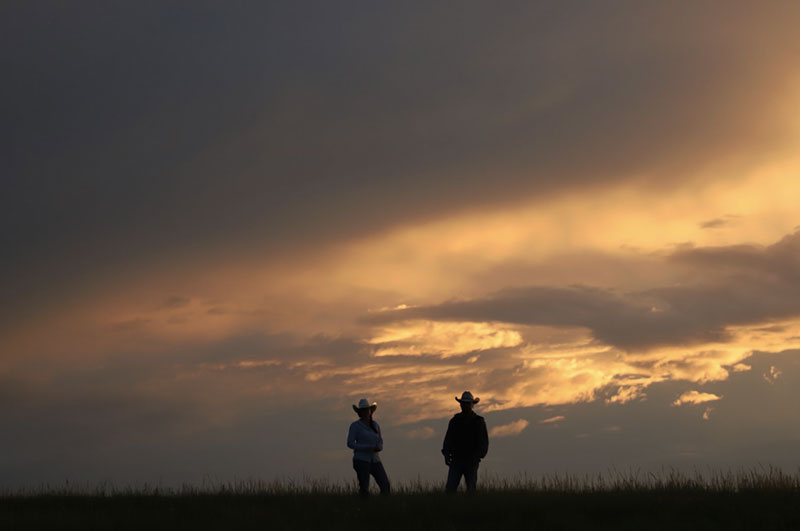
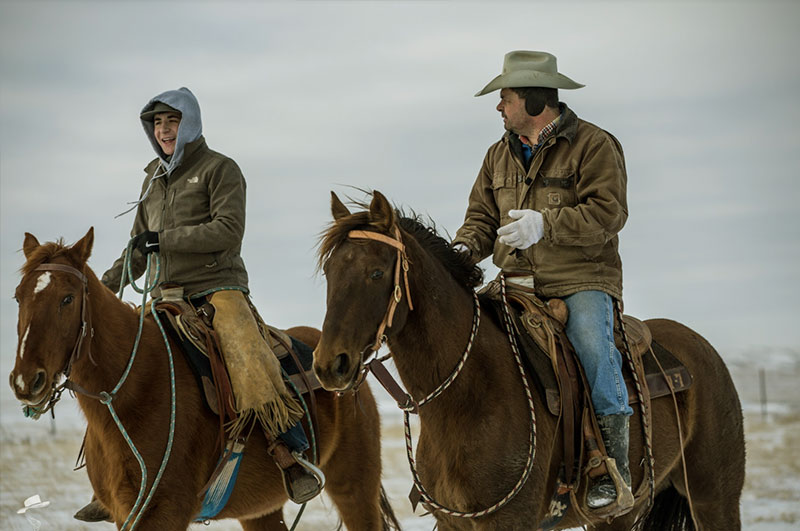
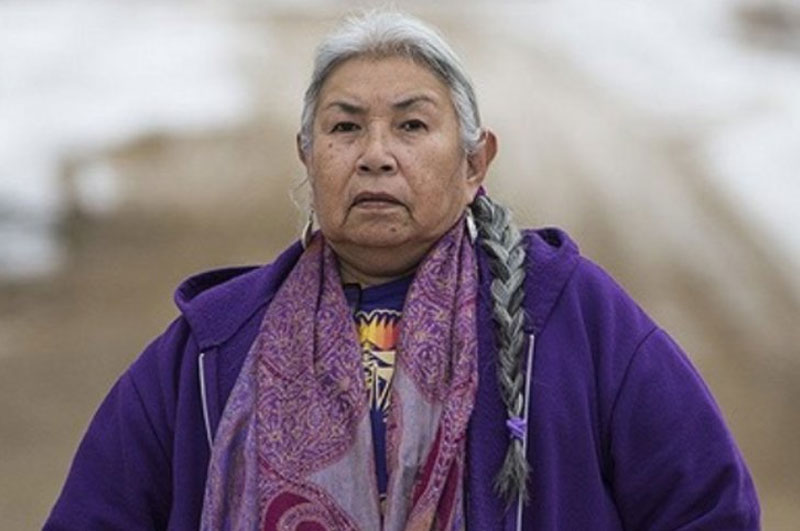
Kelsey’s work is extensive so we are going to break it all down, but first let’s go back to where her passion for regenerative agriculture began.
Kelsey Ducheneaux is the 4th generation of The DX Ranch on the Cheyenne River Sioux Reservation. She was raised on the reservation and went to school with 15 other kids at a tribal school, and then graduated from a local public school with 19 classmates.Throughout her upbringing, she fell in love with veterinary sciences. She went to South Dakota State University where she realized while she loved the topic, it was not her forte and quickly shifted gears and tackled her Bachelor’s of Science Degree in Rangeland Management and then her Master’s of Agriculture Degree in Integrated Resource Management from Colorado State University.
This is where the magic happened for Kelsey. What started as a journey into textbooks, lectures, and study groups, sparked a passion in working directly with land managers and producers to promote regenerative agricultural practices and has become an all encompassing career.
Thiyóšpaye (n) – Lakȟóta
A clan-like division of a tribe; extended family; community
Let’s hop off the horse and break down everything she’s got her hands in these days:
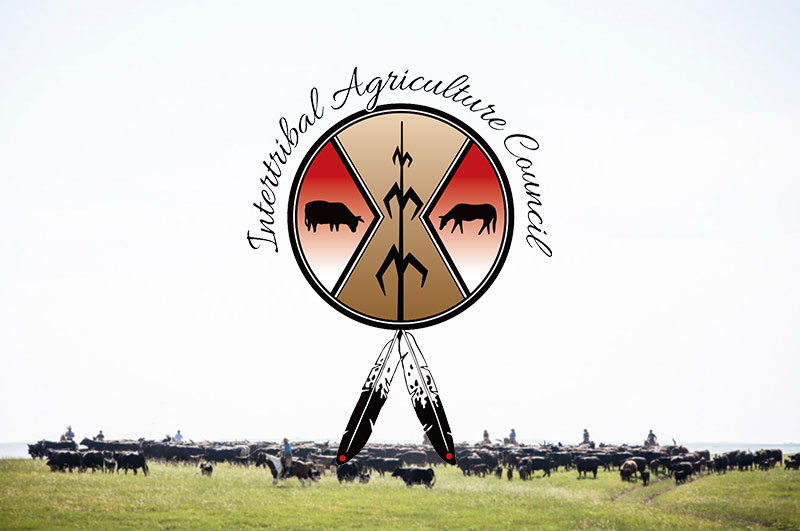
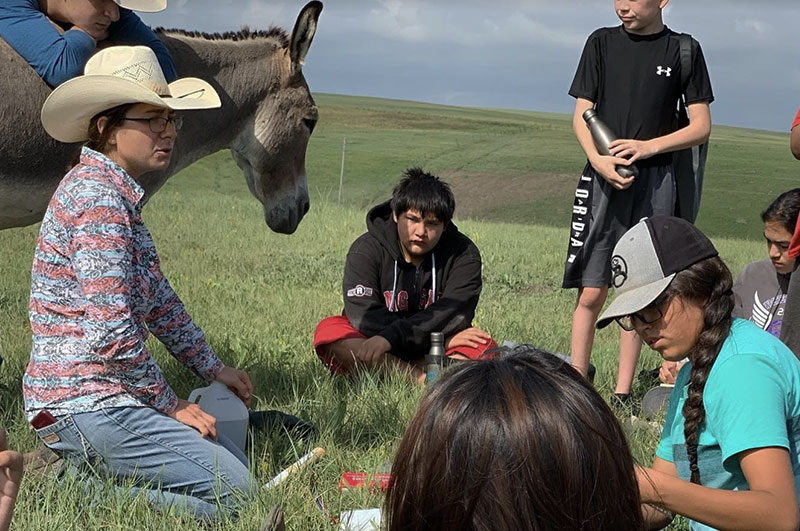
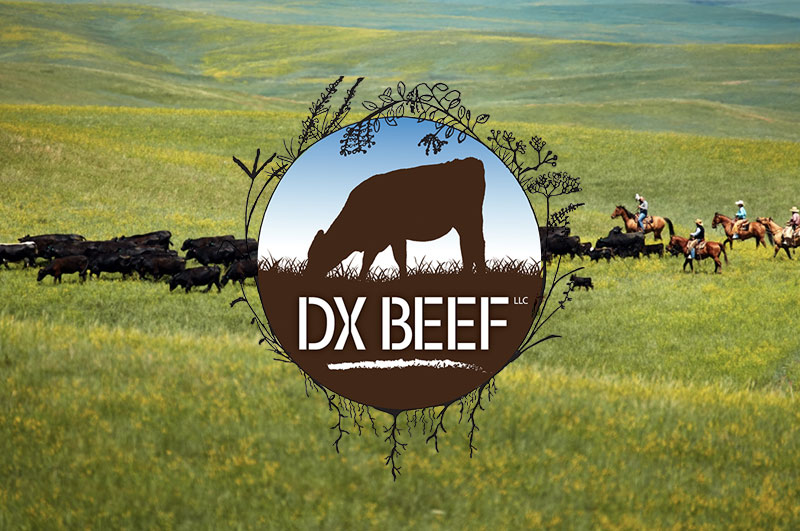
When Kelsey peaks the hilltops in the valley to seek out her herd, she feels connected to the grandfather and the peace he brought to the community.
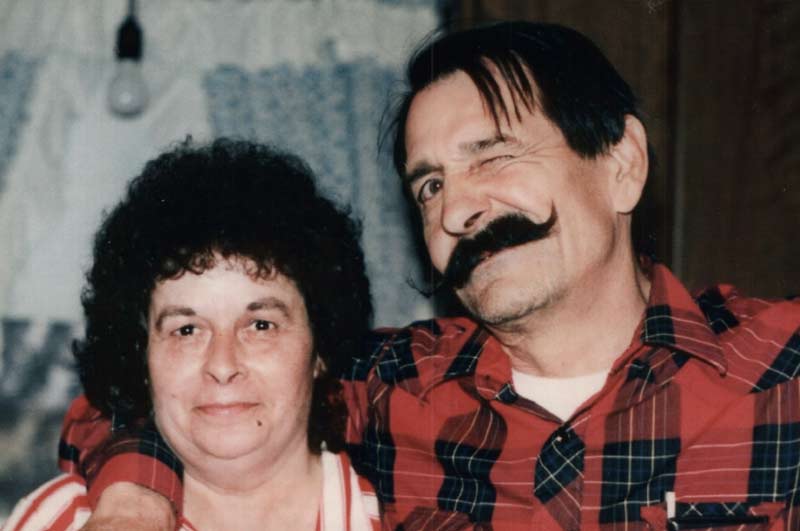
Project H3LP! has developed a practical, logical way to encourage the construction, repair, and enhancement of our people’s personal foundations and by extension an improvement in the quality of their lives. Additionally the program includes both youth from the reservation as well as non-Indigenous youth who visit and participate in their ranch’s equine internship program.
And when she steps back from it all, this is how she sees all of these projects coming together to make a difference, “I’d like to think that all of these different components of our organization work together. First, working with youth, getting them excited and eventually inspiring those youth to become beginning food and ag producers. They’ll then work with our technical assistance specialist and that technical assistance specialist will help them to get access to equitable financial lending terms and develop their natural resources and a business plan. Eventually we’ll have fostered and helped that producer to get to the point where they’re involved in our American Indian foods program and we’re helping them to export their food product locally and around the world and really highlighting the benefit of all of our indigenous foods and all of the good that that brings into our food system”
From the time Kelsey meets that radiant sunrise at 6am all the way to sunset on those prairie grasslands, her vision for the future is just like that eagle seeking the deep blue skies. Generations upon generations have walked the same lands she now loves and it is when we explore the footsteps of the past, rich in knowledge and reverence of being a steward of the land, that a regenerative future becomes possible.

